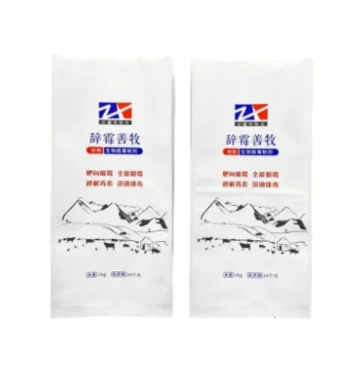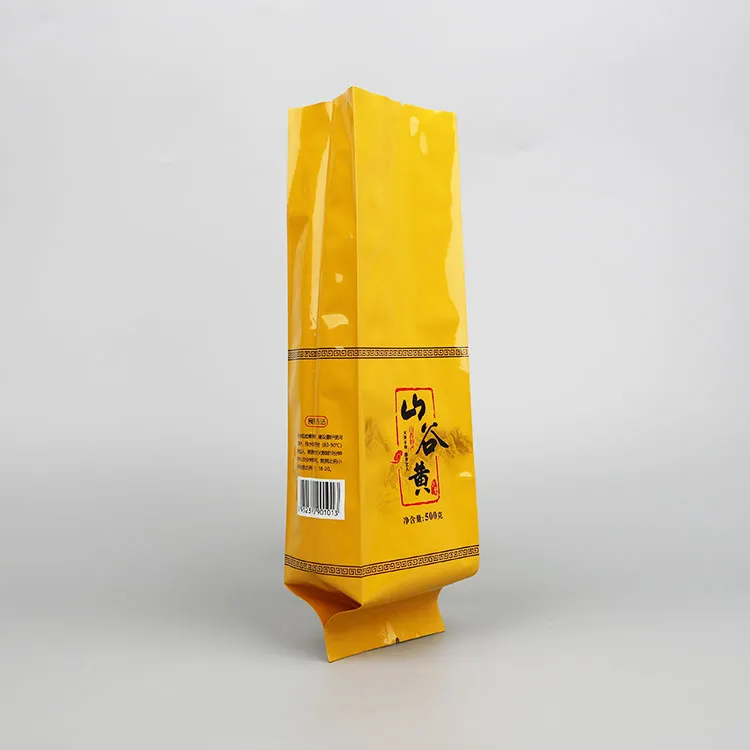As the demand for packaging solutions continues to grow across various sectors, businesses are increasingly seeking cost-effective and environmentally responsible options. Packing polythene has long been a staple in this arena due to its versatility and practicality. Understanding the nuances of packing polythene prices can provide a strategic advantage in procurement and sustainability planning. In this article, we explore the factors influencing these prices and provide insights based on real-world industry experience, reinforcing the expertise and authority you can rely on.

Polythene, or polyethylene, is renowned for its lightweight, durable, and moisture-resistant properties, making it ideal for packaging a wide variety of products. However, the price of packing polythene is not uniform and fluctuates based on several factors. Understanding the composition and production process of polythene provides clarity on these variations.
The primary determinant of packing polythene price is the price of raw materials. Most polythene products are derived from ethylene, a byproduct of crude oil and natural gas. Consequently, the price of crude oil has a direct influence on polythene prices. When oil prices rise, the cost of producing ethylene increases, driving up the price of polythene. Conversely, a drop in oil prices can lead to reduced costs for polythene producers.

Moreover, production costs play a critical role. Energy prices, labor costs, and technological advancements in production facilities can impact the overall cost of manufacturing polythene. Manufacturers aiming to reduce their carbon footprint are increasingly investing in energy-efficient technologies. While the initial investment may be high, these upgrades typically lead to lower production costs in the long term, providing a competitive edge and stabilizing pricing for the end consumer.
Another significant factor affecting packing polythene pricing is market demand. Businesses across industries such as agriculture, retail, and logistics are heavily reliant on polythene packaging. Any fluctuations in demand within these sectors can influence prices. Seasonal variations can also play a role. For example, agricultural demand peaks during harvest seasons when an increased need for packaging solutions drives up prices temporarily.
packing polythene price
Environmental regulations are reshaping the landscape for polythene products. Many countries and regions are imposing stricter regulations on non-biodegradable plastics, prompting manufacturers to innovate and develop eco-friendly alternatives. These greener options may feature recycled materials or possess properties that facilitate easier recycling. While such adjustments may initially result in increased prices due to research, development, and changes in manufacturing processes, they underscore a commitment to sustainability—a factor that can enhance brand value and meet growing consumer demand for responsible products.
In terms of expertise and authoritativeness, understanding pricing dynamics extends beyond mere observation. Industry insiders often leverage contractual agreements with suppliers to lock in prices and mitigate volatility. This strategy, combined with market intelligence gathered through trade publications and industry events, enables businesses to make informed decisions that align with their financial strategies and sustainability goals.
Trustworthiness in communicating about the cost of packing polythene is paramount. Transparency regarding sourcing, environmental impact, and recycling capabilities reassures customers and clients that they are dealing with a responsible partner. Providing documentation on compliance with environmental standards or showcasing case studies that highlight successful waste reduction initiatives can further establish credibility.
In summary, the price of packing polythene is impacted by raw material costs, production expenses, market demand, and environmental considerations. Businesses that stay informed about these factors and adopt strategic approaches in procurement can effectively manage their expenses while committing to environmentally responsible practices. By emphasizing an authoritative and trustworthy narrative, companies can strengthen their market position and fostering long-term partnerships based on shared values and objectives. The dynamic nature of the packaging industry demands an adaptive approach, integrating expertise and experience to navigate the challenges and opportunities presented by a rapidly evolving market landscape.